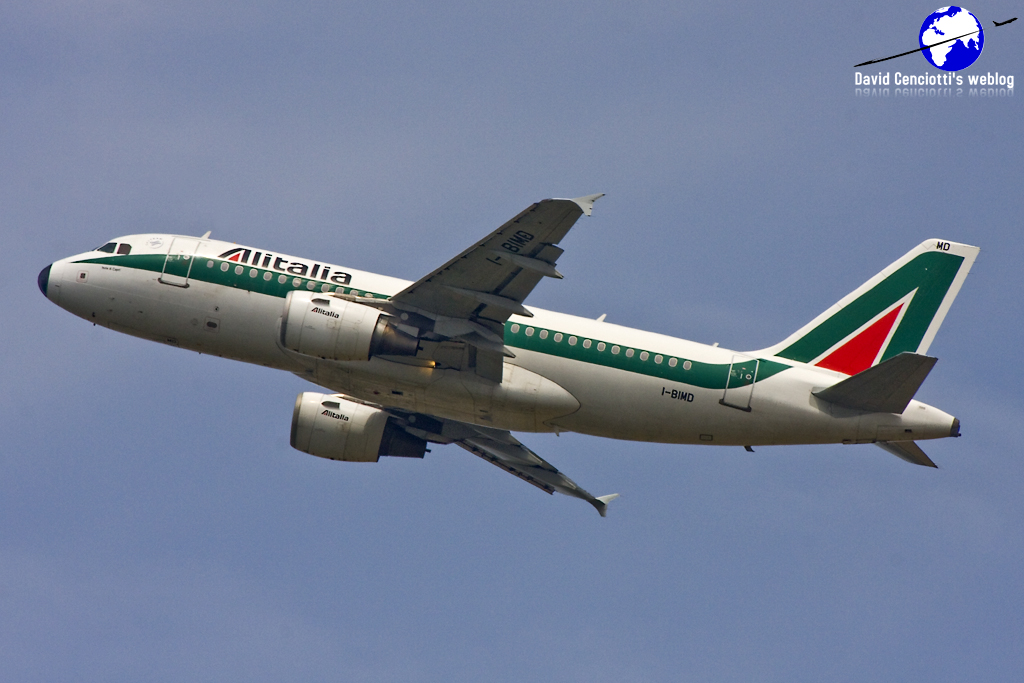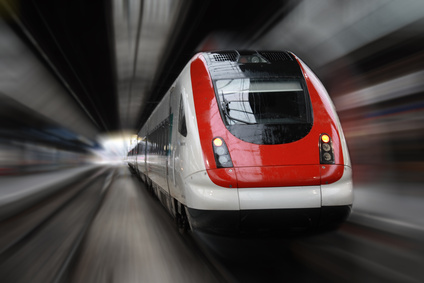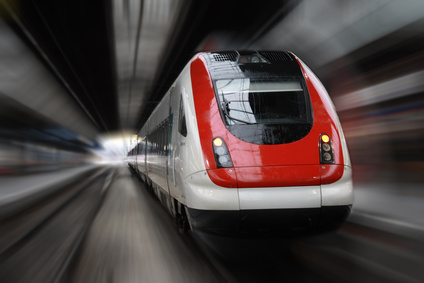A few days ago when I was asked by my relatives what I thought of the footage on the news reports showing the most important European airport (London Heathrow) literally paralized by the snow, I simply answered that, unless you are planning a long range trip (i.e. an international travel), I would suggest considering the opportunity to travel by train. Initially, those who heard my reply, thought that I was teasing them. But I wasn’t. In fact, even if I’m a pilot, a happy frequent flyer and I like flying as much as I can, I’m also enough unprejudiced to consider all the factors that should be taken into consideration when planning a mid-range trip (obviously, in the short range, the train remains the transport of choice, while in the longer one, the airplane wins). Let’s have a closer look to a Rome – Milan trip, the busy “corridor” where airplane and train are in fierce competition (even if another route could fit well too). Alitalia flies with those that were initially dubbed Freccia Verde (Italian for Green Arrow) between the two cities in around 60 minutes, with departures from every hour to every 15 minutes (early in the morning and in the late afternoon), when demand is higher. However, it may take 1 hour or more to get to the airport from city center, check in and transit through the security check requires at least 1 hour and another 30 minutes are, on average, required for check out. Obviously, many other things can affect transit times (strikes, traffic, weather, etc) and check in and security checks can require less time since both Fiumicino and Linate have dedicated desks and gates, but the above estimates should be quite accurate most of times on any other departure and arrival aerodrome located more or less at the same distance. This means that a flight from Rome to Milan requires more or less 3 hours (Linate is just 8 km from downtown Milan and 30 minutes should be enough to reach the city center). Cost for a daily return ticket is around 215 Euro (even if, generally speaking, airlines prices vary a lot depending on when you book, the type of fare you chose, etc).
Travelling by a Freccia Rossa (Red Arrow) train would get you between the two major Italian cities in 3 hours. You don’t need to be at the station more than 15 minutes before departure, there’s no check out time and stations are usually within the city center (no transit time required). Cost for a daily return ticket is less than 180 Euro (for a second class ticket, first class return ticket cost 228 Euro), even if there’s a special promo for daily return tickets with a fare at less than 100 Euro for a return ticket to Milan.


Ah, I almost forgot: this article was written while travelling on a Freccia Rossa train between Rome and Milan….
Train better than airplane?
Published on: December 30, 2010 at 12:17 PM

David Cenciotti is a journalist based in Rome, Italy. He is the Founder and Editor of “The Aviationist”, one of the world’s most famous and read military aviation blogs. Since 1996, he has written for major worldwide magazines, including Air Forces Monthly, Combat Aircraft, and many others, covering aviation, defense, war, industry, intelligence, crime and cyberwar. He has reported from the U.S., Europe, Australia and Syria, and flown several combat planes with different air forces. He is a former 2nd Lt. of the Italian Air Force, a private pilot and a graduate in Computer Engineering. He has written five books and contributed to many more ones.
Leave a comment








